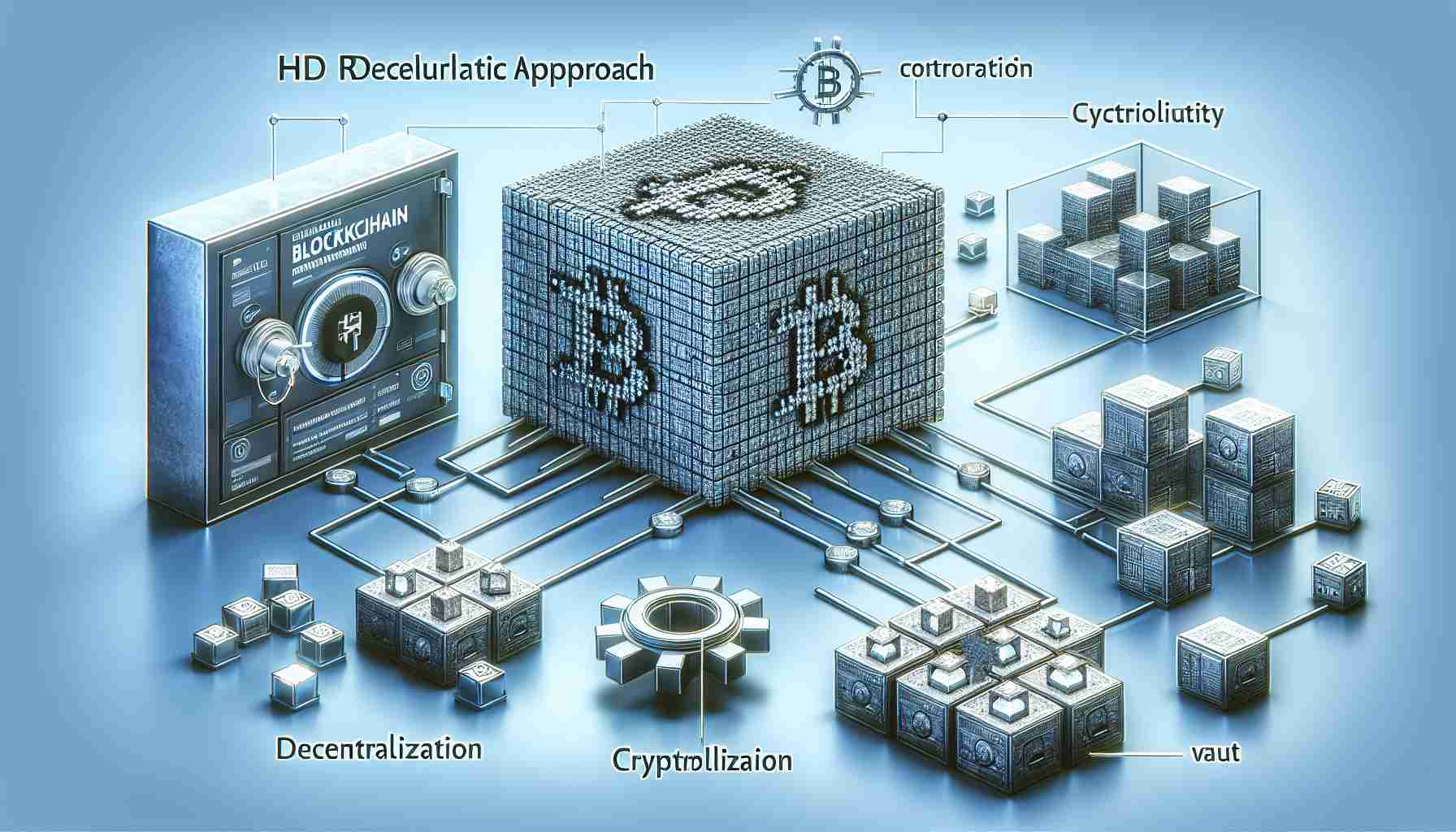Scalable and Modular Design Innovations in Blockchain
Tezos X marks a groundbreaking development in blockchain technology, taking a leap from its ancestral monolithic form to a contemporary, modular infrastructure. Collaboratively engineered by Nomadic Labs, Trilitech, and Functori, this novel iteration offers advanced scalability and cloud integration, which is set to transform the backend operations for various applications.
A Leap in Transaction Processing Capabilities
Embracing the concept of Smart Rollups, Tezos X has notably enhanced its network’s transactional throughput. In a remarkable demonstration, the Tezos network showcased the handling of a massive one million transactions per second, a testament to the efficiency of its Smart Rollups coupled with innovative Data Availability Committees (DACs). Additionally, with the implementation of a Data-Availability Layer (DAL), Tezos X underscores its commitment to managing large data volumes securely in a distributed network.
Seamless Application Integration
Tezos X is designed with a focus on composability, fostering the interoperability of applications. The platform envisions the integration of a single canonical rollup to streamline most network services, enabling smart contracts written in diverse programming languages to interact in a unified transactional space.
Cross-Linguistic Flexibility for Developers
In a bid to cater to an expansive developer community, Tezos X aims to support an array of mainstream programming languages. Two noteworthy projects, Etherlink and Michelson rollup, offer compatibility with the Ethereum Virtual Machine and existing Tezos smart contract languages, respectively. Plans to incorporate popular languages like JavaScript and Python stand to further simplify the development process, enriched by the provision of improved SDKs, APIs, and developer tools.
Anticipated Milestones
Tezos X has earmarked several significant advancements for the near future. Expected by 2026, a canonical rollup is set to centralize most network functions, while 2025 anticipates the introduction of a new runtime founded on the RISC-V architecture for greater efficiency. Simultaneously, efforts are in full swing to refine the developer experience through superior technical support and development interfaces.
The article focuses on Tezos X, a new direction for the Tezos blockchain that aims at addressing scalability and flexibility through a modular approach. While the article provides an overview of the goals and technical aspirations of Tezos X, some important aspects and their broader implications for the blockchain industry can be added for a more comprehensive understanding.
Important Questions & Answers:
1. What makes modular blockchains like Tezos X revolutionary compared to traditional blockchains?
Modular blockchains separate functions such as consensus, data availability, and execution into different layers or modules. This can potentially improve the scalability, security, and upgradeability of blockchain networks because each module can be optimized independently.
2. How do Smart Rollups differ from traditional rollups in blockchain networks?
Smart Rollups could be seen as an evolution of traditional rollups. They usually offer enhanced scalability by executing transactions off the main chain, while still being anchored to the main chain for security. The Smart Rollups on Tezos X also include cloud integration and DACs for better performance.
3. What may be some challenges or controversies associated with modular blockchain architecture?
The deployment of a modular blockchain architecture may face challenges like the complexity of developing and maintaining separate modules, achieving a cohesive security model across different layers, and ensuring that the overall system remains interoperable and user-friendly.
Advantages and Disadvantages:
Advantages of a modular blockchain like Tezos X may include:
– Scalability: High transaction throughput can accommodate more users and complex applications.
– Flexibility: Support for multiple programming languages can attract a broader development community.
– Upgradability: Modules can be upgraded independently without disrupting the whole network.
– Composability: Integration of applications from different ecosystems is simplified, which can foster innovation.
Disadvantages could include:
– Complexity: Modular systems may be more complex to design and secure, requiring more sophisticated coordination between modules.
– Adoption: The shift from a monolithic to a modular approach may require significant changes in developer mindsets and existing infrastructures.
– Security concerns: Ensuring the security of data and transactions across different layers could be more challenging.
For those interested in exploring more about Tezos, please find the link to their main website here: Tezos.
Please note: As of my knowledge cutoff date in March 2023, the URLs provided are believed to be accurate. However, web content changes frequently, so it’s always good to verify the validity of URLs periodically.



